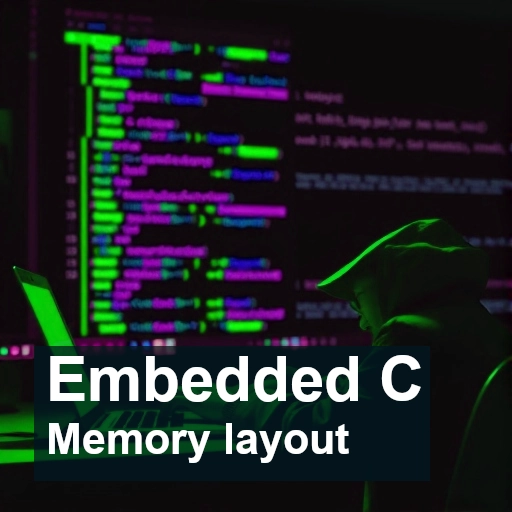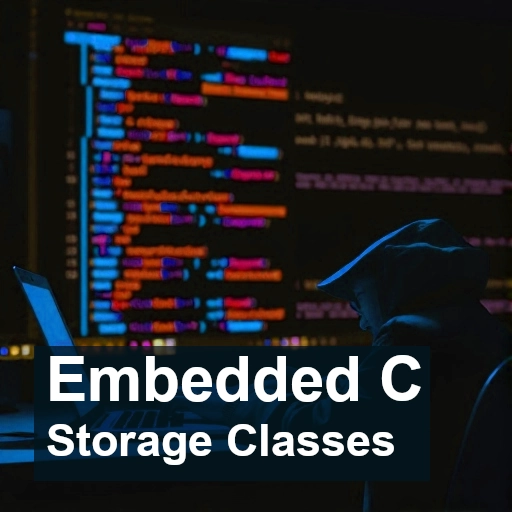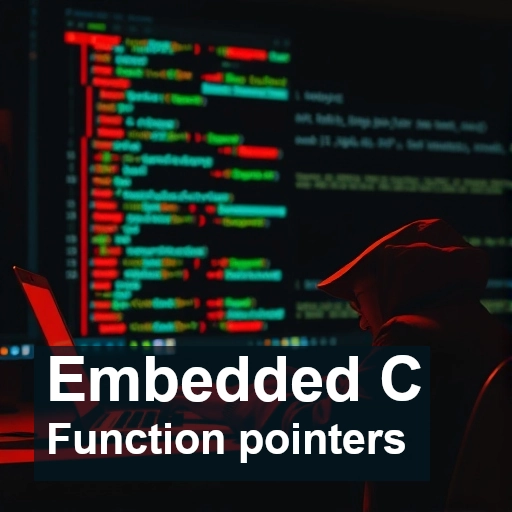Memory segmentation refers to the division of memory into distinct segments or sections, each having a specific role in a running program. In a typical computer system, the memory is divided into several regions, and these regions are used to store different types of data such as the program code, static variables, stack, and heap.
Storage Classes in C: Understanding Variable Scope, Lifetime, and Visibility
In C programming, storage classes define the characteristics of variables and functions. They specify the scope (where the variable is accessible), lifetime (how long the variable exists in memory), and visibility (how the variable interacts with other parts of the program). Storage classes control how variables are stored in memory and how they are handled during the program's execution.
Unions in C: A Comprehensive Guide
A union in C is a special data type that allows you to store different data types in the same memory location. Unlike structures, where each member has its own memory space, all members of a union share the same memory space. The size of a union is determined by the size of its largest member, as all members occupy the same address in memory.
Dynamic Memory Allocation in C
Dynamic memory allocation in C allows a program to allocate memory during runtime, which provides flexibility in memory management. This feature is especially useful when the size of data structures like arrays is not known beforehand or when the program's memory requirements change during execution.
Function Pointers in C: A Comprehensive Guide
A function pointer in C is a variable that stores the address of a function. This allows you to invoke the function indirectly, through the pointer. Function pointers can be used to create more flexible and dynamic programs, enabling functionality like passing functions as arguments or implementing callback functions.





